Clean Stone Metal Surfaces
I’ve always loved the look of stone and metal surfaces in the garden – the elegant patina of a weathered stone birdbath, the sleek gleam of a metal planter. But keeping these surfaces looking their best can be a challenge! That’s why I’m so excited to share some of my favorite Clean Stone Metal Surfaces tricks and DIY solutions with you today. This isn’t just about aesthetics; maintaining these surfaces protects them from damage and extends their lifespan, saving you money in the long run.
The use of stone and metal in gardens has a rich history, dating back to ancient civilizations who incorporated these materials into their landscaping and decorative elements. From Roman fountains to Japanese Zen gardens, these materials have always symbolized durability and beauty. Today, we continue this tradition, using stone and metal in a myriad of ways to enhance our outdoor spaces.
Why You Need These Clean Stone Metal Surfaces Hacks
Whether you’re dealing with stubborn moss on your stone patio, rust stains on your metal furniture, or simply want to give your garden features a sparkling refresh, this article is for you. These DIY methods are environmentally friendly, often using readily available household ingredients, and are far more cost-effective than hiring professional cleaning services. You’ll learn how to tackle various cleaning challenges, from gentle scrubbing techniques to more powerful solutions for tougher stains. I’ll guide you through each step, ensuring you achieve professional-looking results without breaking the bank or harming the environment. So, let’s get started on your journey to sparkling Clean Stone Metal Surfaces!
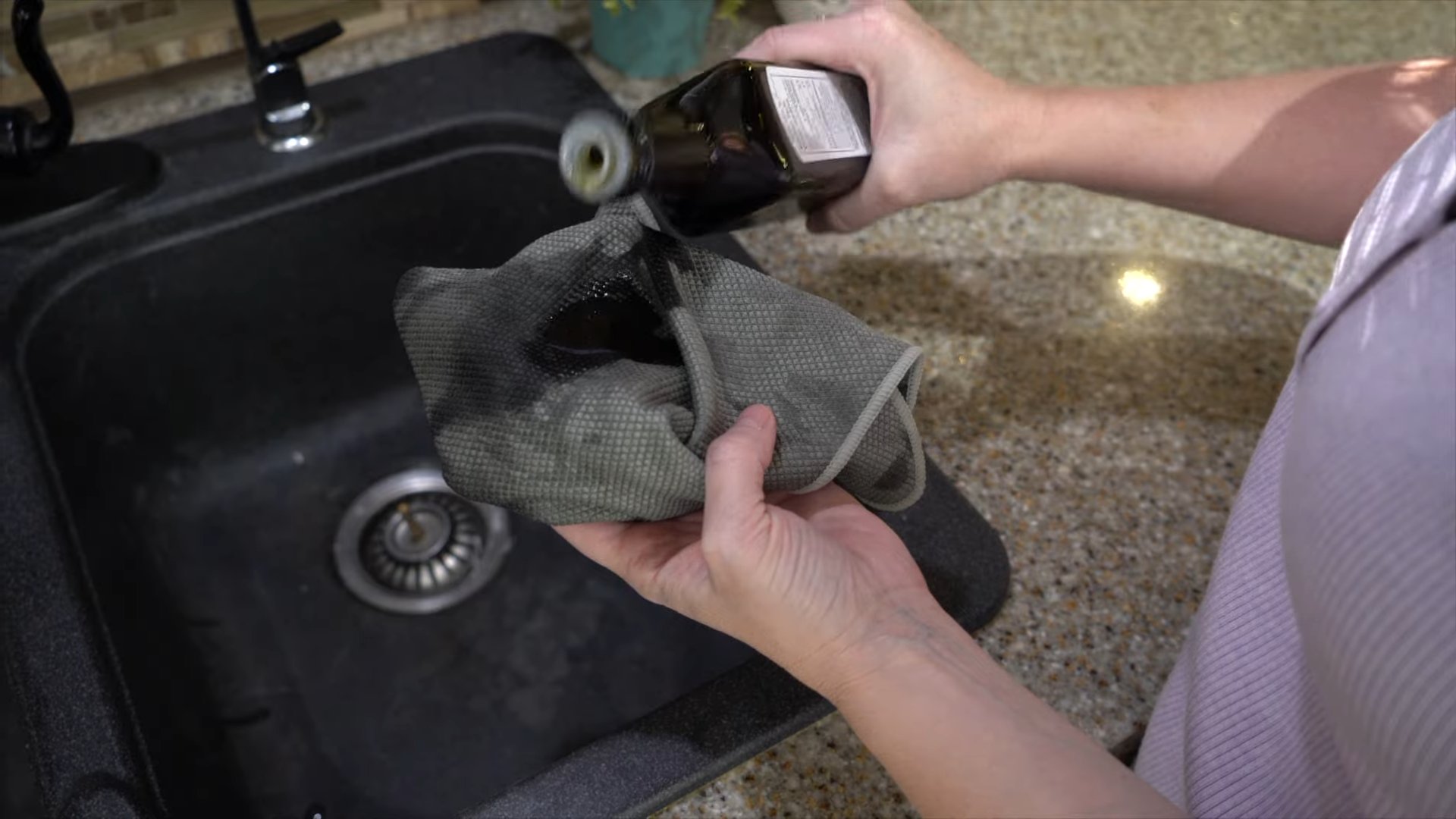
Cleaning Stone and Metal Surfaces: A DIY Guide
I’ve always loved the look of stone and metal surfaces – they add such a sophisticated touch to any space. But keeping them clean can be a challenge! Over time, dirt, grime, and even stubborn stains can accumulate, dulling their natural beauty. This guide will walk you through my favorite methods for cleaning both stone and metal surfaces, leaving them sparkling and looking their best.
Preparing Your Surfaces
- Gather your supplies: Before you begin, make sure you have everything you need. This will save you time and frustration later on. You’ll need different cleaning solutions depending on the material, so check the list below carefully.
- Protect yourself: Always wear appropriate safety gear. This includes gloves to protect your hands from harsh chemicals and eye protection to prevent splashes from getting in your eyes. A dust mask is also a good idea, especially when dealing with dusty surfaces.
- Assess the surface: Before you start cleaning, take a close look at your stone or metal surface. Identify any particularly stubborn stains or areas that need extra attention. This will help you tailor your cleaning approach.
- Test in an inconspicuous area: Before applying any cleaning solution to the entire surface, test it on a small, hidden area first. This will help you avoid any unexpected damage or discoloration.
Cleaning Stone Surfaces
- Dust or vacuum: Begin by removing loose dirt and debris. Use a soft-bristled brush or a vacuum cleaner with a brush attachment to gently clean the surface. Avoid harsh scrubbing at this stage.
- Mix your cleaning solution: For most stone surfaces, a simple solution of warm water and mild dish soap is sufficient. For tougher stains, you might consider a specialized stone cleaner. Always check the manufacturer’s recommendations for your specific type of stone.
- Apply the solution: Using a soft cloth or sponge, gently apply the cleaning solution to the stone surface. Work in small sections, avoiding over-saturation.
- Scrub gently: Use a soft-bristled brush or a non-abrasive sponge to gently scrub the surface. Avoid using harsh scrubbing pads or abrasive cleaners, as these can scratch the stone.
- Rinse thoroughly: Once you’ve scrubbed the entire surface, rinse it thoroughly with clean water. Use a clean, damp cloth to wipe away any remaining soap residue.
- Dry completely: Use a clean, dry cloth to dry the stone surface completely. Leaving any moisture behind can lead to water spots or damage.
- Dealing with stubborn stains: For stubborn stains, you may need to use a more specialized cleaner. Baking soda paste (baking soda mixed with a little water) can be effective for some stains. Apply the paste, let it sit for a few minutes, then gently scrub and rinse.
- For grout cleaning: If your stone surface has grout lines, you may need to use a grout brush or a small toothbrush to clean them thoroughly. A specialized grout cleaner can be helpful for removing stubborn dirt and mildew.
Cleaning Metal Surfaces
- Assess the metal type: Different metals require different cleaning methods. Stainless steel, copper, brass, and chrome all have unique properties and cleaning requirements. Research the specific type of metal you are cleaning before you begin.
- Dust or wipe: Start by removing loose dirt and dust with a soft cloth or a vacuum cleaner with a brush attachment.
- Mix your cleaning solution: For stainless steel, a simple solution of warm water and mild dish soap often works well. For other metals, you may need a specialized cleaner. Always check the manufacturer’s recommendations or consult online resources for your specific metal type.
- Apply the solution: Apply the cleaning solution to the metal surface using a soft cloth or sponge. Work in small sections, avoiding over-saturation.
- Clean gently: Use a soft cloth or sponge to gently clean the surface. Avoid using abrasive cleaners or scrubbing pads, as these can scratch the metal.
- Rinse thoroughly: Rinse the metal surface thoroughly with clean water. Use a clean, damp cloth to wipe away any remaining soap residue.
- Dry completely: Dry the metal surface completely with a clean, dry cloth. This will prevent water spots and help maintain its shine.
- Polishing (optional): For some metals, like brass or copper, polishing may be necessary to restore their shine. Use a specialized metal polish and follow the manufacturer’s instructions carefully.
- Dealing with rust: If you have rust on your metal surface, you may need to use a rust remover. Follow the manufacturer’s instructions carefully and wear appropriate safety gear.
Maintaining Your Clean Surfaces
- Regular cleaning: Regular cleaning is key to maintaining the beauty of your stone and metal surfaces. Dust or wipe them down regularly to prevent dirt and grime from building up.
- Avoid harsh chemicals: Avoid using harsh chemicals or abrasive cleaners, as these can damage the surface. Stick to mild cleaners and gentle cleaning methods.
- Use coasters and trivets: Use coasters and trivets to protect your surfaces from spills and heat damage.
- Address spills immediately: Clean up spills immediately to prevent staining. The quicker you address a spill, the easier it will be to clean.
- Professional cleaning (occasionally): For particularly stubborn stains or for deep cleaning, consider hiring a professional cleaning service. They have the expertise and equipment to handle more challenging cleaning tasks.
By following these steps, you can keep your stone and metal surfaces looking their best for years to come. Remember, patience and gentle cleaning are key to achieving beautiful results!
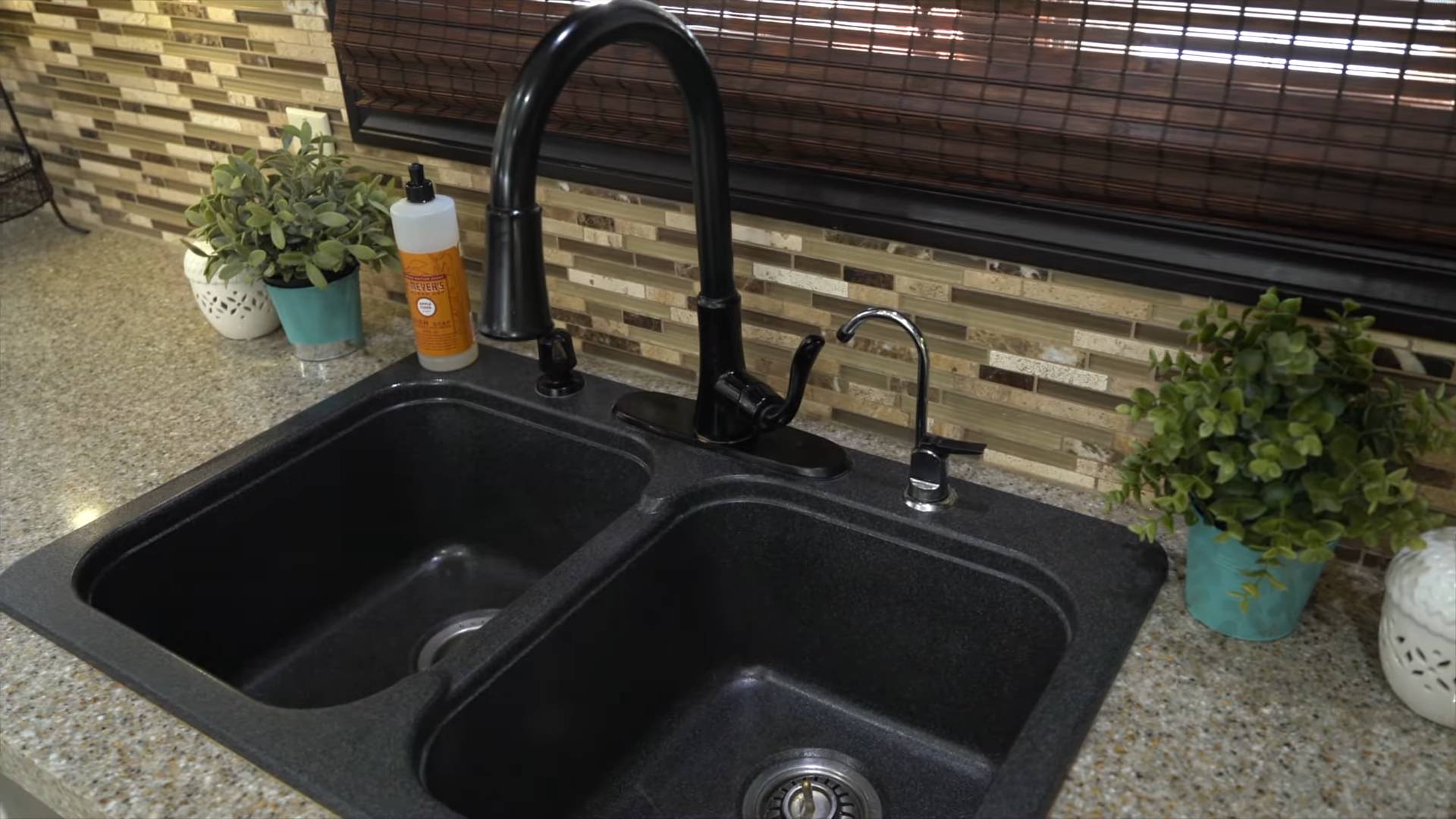
Conclusion
This DIY method for cleaning stone and metal surfaces is a game-changer, offering a superior clean compared to many commercial products. It’s a must-try because it’s effective, affordable, and environmentally friendly. You’ll be amazed at how easily it tackles stubborn stains and grime, leaving your stone countertops, metal sinks, or even outdoor patio furniture sparkling. The gentle yet powerful cleaning action ensures that your surfaces are thoroughly cleaned without harsh chemicals that could damage their finish or leave behind a residue. This simple technique empowers you to maintain the beauty and longevity of your valuable stone and metal possessions, saving you money on expensive cleaning solutions and potentially costly repairs down the line. The satisfaction of achieving professional-level results with readily available ingredients is incredibly rewarding.
Beyond the basic method outlined, there’s plenty of room for customization. For particularly stubborn stains on stone, consider pre-treating the area with a paste of baking soda and water, allowing it to sit for 15-20 minutes before proceeding with the main cleaning process. For delicate stone surfaces like marble, always test the solution on an inconspicuous area first to ensure it doesn’t cause discoloration or damage. You can also experiment with different essential oils to add a pleasant scent to your cleaning solution. Lavender, lemon, or tea tree oil are all excellent choices, adding a refreshing aroma to your freshly cleaned surfaces. For heavily soiled metal surfaces, you might need to repeat the process or increase the soaking time. Remember to always rinse thoroughly with clean water after cleaning to remove any residual cleaning solution. The versatility of this Clean Stone Metal Surfaces method makes it adaptable to a wide range of materials and cleaning challenges.
We strongly encourage you to try this DIY cleaning trick and experience the difference for yourself. Share your results with us! We’d love to hear about your successes and any variations you’ve experimented with. Post your before-and-after photos on social media using the hashtag #CleanStoneMetalDIY. Let’s build a community of DIY enthusiasts who are committed to eco-friendly and effective cleaning solutions. Your feedback will help us continue to improve and refine this method, making it even better for everyone. Remember, maintaining the beauty of your home doesn’t have to be expensive or complicated. With this simple, effective, and sustainable approach, you can achieve sparkling clean stone and metal surfaces with ease. So, grab your supplies, and get cleaning!
Frequently Asked Questions
What types of stone and metal surfaces are suitable for this cleaning method?
This method is suitable for a wide variety of stone and metal surfaces, including granite, marble (use caution and test in an inconspicuous area first), limestone, stainless steel, copper, and brass. However, always test a small, inconspicuous area first before applying the solution to the entire surface, especially with delicate or porous stones. Avoid using this method on unsealed or highly porous stones, as it may cause damage.
Can I use this method on painted surfaces?
It’s best to avoid using this method on painted surfaces, as the cleaning solution may damage or remove the paint. Always refer to the manufacturer’s cleaning instructions for painted surfaces.
How often should I clean my stone and metal surfaces using this method?
The frequency of cleaning will depend on the level of use and the type of surface. For high-traffic areas, you may need to clean more frequently, perhaps once a week or even more often. For less frequently used surfaces, a monthly cleaning might suffice. Regular cleaning will help prevent the buildup of grime and stains, making future cleanings easier.
What if I have particularly stubborn stains?
For stubborn stains, you can pre-treat the area with a paste of baking soda and water, allowing it to sit for 15-20 minutes before proceeding with the main cleaning process. For extremely stubborn stains, you may need to repeat the process or consider using a specialized stone or metal cleaner. Always test any new cleaning solution on an inconspicuous area first.
Are there any safety precautions I should take?
Always wear gloves to protect your hands from the cleaning solution. Ensure adequate ventilation while cleaning, especially when using essential oils. Keep the cleaning solution out of reach of children and pets. If you experience any skin irritation, rinse the affected area thoroughly with water and discontinue use.
What are some alternative ingredients I can use?
While the recipe uses white vinegar and water, you can experiment with other mild acids like lemon juice (diluted). However, always test a small area first to ensure it doesn’t damage the surface. Avoid using harsh chemicals or abrasive cleaners, as these can damage your stone and metal surfaces.
Can I use this method on outdoor stone and metal furniture?
Yes, this method is suitable for cleaning outdoor stone and metal furniture. However, you may need to adjust the cleaning frequency depending on weather conditions and exposure to the elements. Thoroughly rinse the furniture after cleaning to remove any residual cleaning solution, especially if it’s going to rain.
What should I do if I accidentally damage my surface?
If you accidentally damage your surface, contact a professional stone or metal restoration specialist for repair. Prevention is always better than cure, so always test any cleaning solution on an inconspicuous area first before applying it to the entire surface.

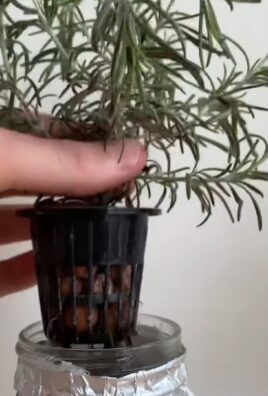
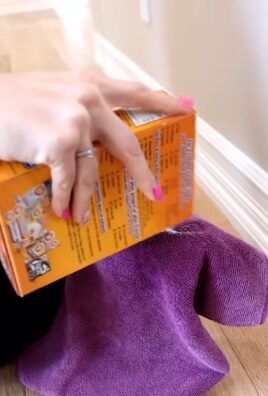
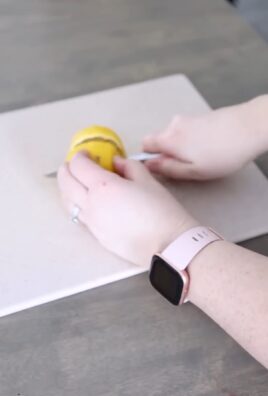
Leave a Comment